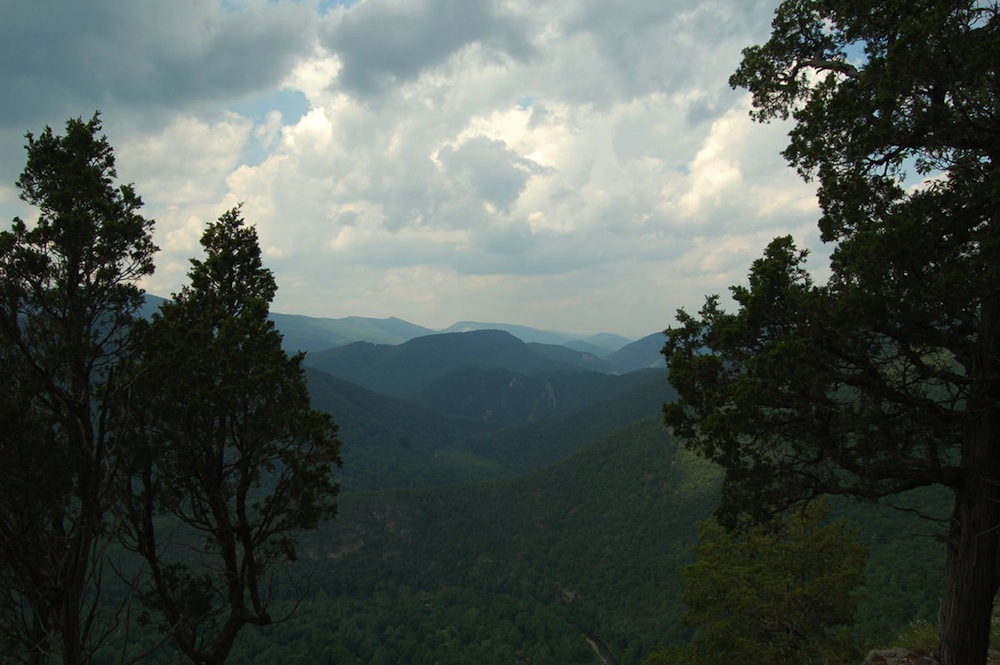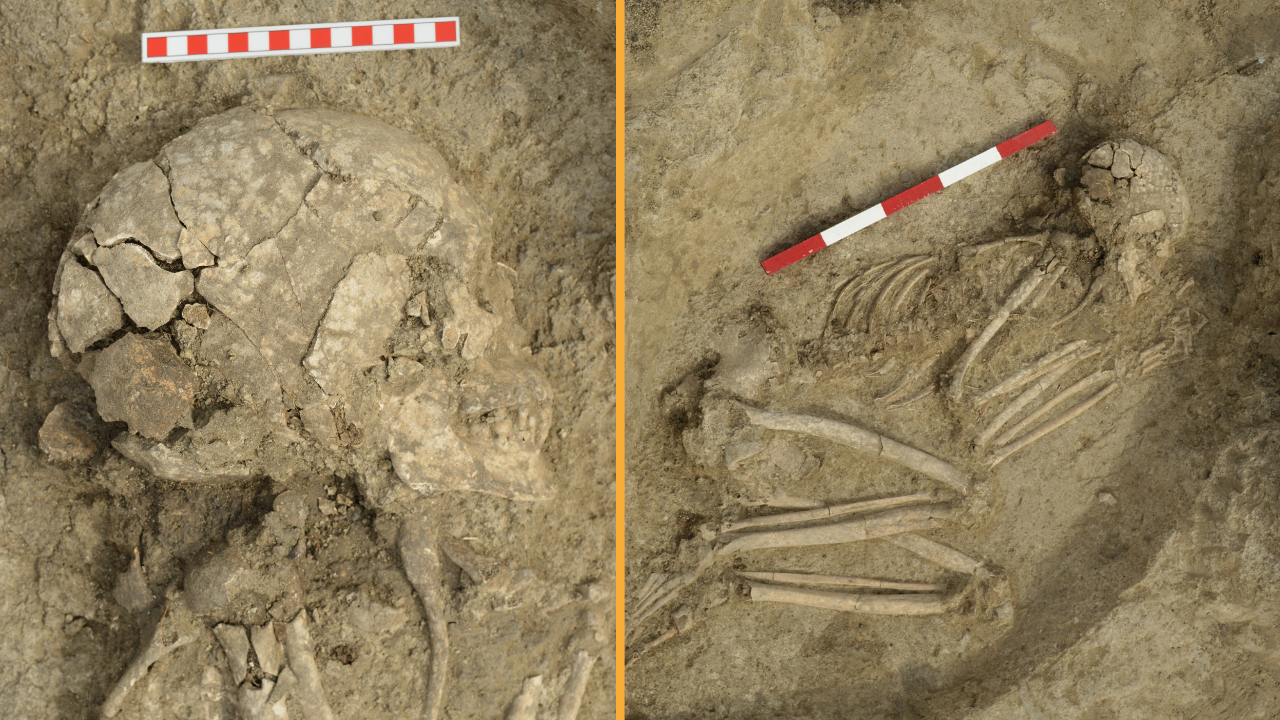Red Cedar Trees Rebounded After Clean Air Act

A species of old trees in the Appalachian Mountains is growing faster than expected in the wake of clean-air controls implemented decades ago, a new study shows.
The research on eastern red cedar trees — all between 120 and 500 years old — also showed changes in the types of carbon and sulfur in their tree rings a few years after the Clean Air Act was enacted in 1970.
"The first thing that got us interested was how these old trees are doing, and what are some of the physiological mechanisms that allow the old trees to stay alive," Richard Thomas, a biology researcher at the University of West Virginia, told LiveScience.
"When we saw all this change in growth and the change in isotopes in the early 1980s, the research went into a different direction ... it was like a detective story, almost, trying to eliminate each little thing."
The Clean Air Act requires the Environmental Protection Agency to set air quality standards for six "criteria pollutants": carbon monoxide, lead, nitrogen dioxide, ozone, sulfur dioxide and particulate matter. It also has provisions to address problems such as acid rain.
Before its implementation, the Appalachians were a "bull's-eye" for acid pollution due to a large number of power plants along the Ohio Valley, Thomas said. The effects were clear in core samples taken from the trees: sulfur isotopes (variations of an element with a different number of neutrons) pointed to pollution, and carbon isotopes showed that the trees' stomata (the pores that are opened and closed to regulate the exchange of carbon dioxide and water) were closing.
But a decade after the Clean Air Act was implemented, the stomata began to open and, slowly, they continued to do so until the early 2000s. Photosynthesis and the growth of the trees also accelerated. Meanwhile, sulfur isotopes in the wood of tree rings approached levels not seen since the preindustrial age.
Get the world’s most fascinating discoveries delivered straight to your inbox.
Results from the 1930s, the Great Depression era, were almost identical to the results from post-1980, Thomas said. The suppressed economy during the Great Depression led to reduced fossil fuel emissions. Tree rings from the 1930s showed improved tree growth and physiology.
Thomas and his team now aim to broaden their search to more species of trees and a wider geographic area.
The study was detailed in the Sept. 2 issue of the journal Proceedings of the National Academy of Sciences.
Follow Elizabeth Howell @howellspace. Follow us @livescience, Facebook & Google+. Original article on LiveScience.

Elizabeth Howell was staff reporter at Space.com between 2022 and 2024 and a regular contributor to Live Science and Space.com between 2012 and 2022. Elizabeth's reporting includes multiple exclusives with the White House, speaking several times with the International Space Station, witnessing five human spaceflight launches on two continents, flying parabolic, working inside a spacesuit, and participating in a simulated Mars mission. Her latest book, "Why Am I Taller?" (ECW Press, 2022) is co-written with astronaut Dave Williams.


